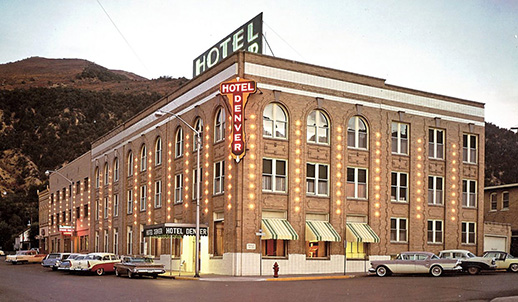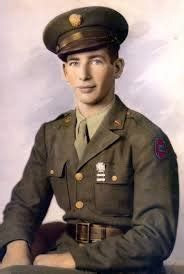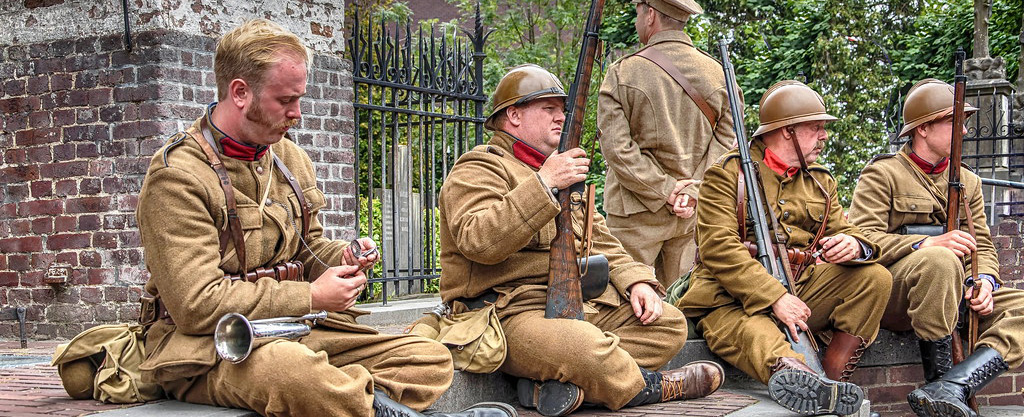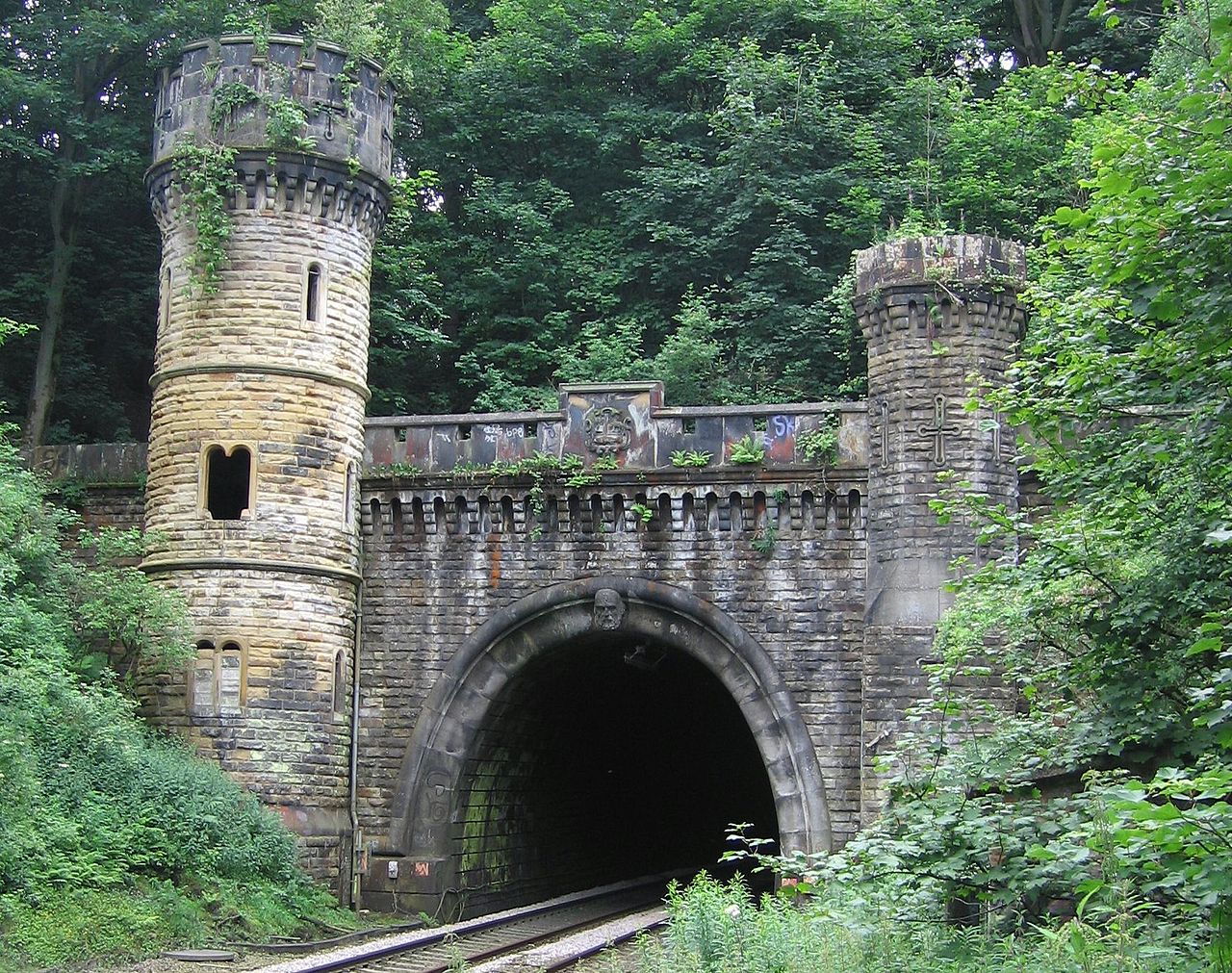
New Gazette
Your content goes here. Edit or remove this text inline or in the module Content settings.
INTERNET EDITION – AMSTERDAM – NETHERLANDS – WORLD
GLENWOOD HOTEL BECOMES WAYNE'S FIRST HOSPITAL
The first hospital and sanitarium ever established in Wayne County will be opened in the next few weeks in the Glenwood hotel property in Kenova.
The new company which has taken over the Glenwood is a $200,000 concern made up of Huntington and Parkersburg business men. Prof. H. A. Williams, founder of the Williams Private Sanitarium in Huntington, is the leading stockholder in the Kenova enterprise. Prof. Williams, who is a non-medical practicioner, has maintained his Huntington hospital for the past nine years and has enjoyed increasing patronage which has made it necessary for him to get larger quarters.
The preliminary work of remodeling the Glenwood was begun Tuesday of this week and it is hoped that it can be made ready for occupancy by February 1st. The hospital will have one hundred rooms, modern operating equipment and quarters arranged for scientific bath treatment.

BAKER DECORATES KENOVA WAR HERO
The only Wayne county soldier of the late war to by honored by being decorated by Secretary of War Baker personally is James E. Moore, a Kenova boy.

Moore was awarded the Distinguished Service Cross last week for gallantry in action and the medal was pinned on the young hero by Secretary Baker in Richmond last week while attending a convention of the Phi Gamma Delta college fraternity. Moore was a former student of Marshall college in Huntington and is now in the employ of the Minter Homes Company of that city.
He enlisted at the outbreak of the war in the summer of 1917 and attended the second training school at Fort Benjamine Harrison where he received the commission of second lieutenant in the regular army. He served for seventeen months overseas and received three citations for bravery in action.
FUNERAL OF THE LATE MR. BRICH
The cortege included Mr. Caccia Birch, son of the deceased, General Sir Andrew Russell, Mr. A. G. Russell, Mr. A. Russell, Mr. A Leigh Hunt (representing the Dominion Farmer’ Institute), Mr. E. C. Jack (representing the New Zealand Farmers’ Union, New Zealand Council of Agriculture, and Manawatu A. and P. Association), Mr. S. E. Lambert (representing the New Zealand Farmers’ Co-op. Distributing Company), Mr. W. Ferguson, and other friends. Short services were conducted in the Cathedral and the crematorium by Bishop Sprott.
(advertisement)

NOTICES
IN ACCORDANCE with the provisions of “The Education Act,” 1914,” the following Wards, with the names of the Schools in each ward, are published for general information.
NORTH WARD. – All that portion of the Hawke’s Bay District, to the north of the Esk River and a straight line extending from the source of that river to the western boundary of the province, and containing the following schools: Frasertown, Hihiroroa, Ihungia, Kaitangata, Kaitaratahi, Kauakanaia, Kuru Kuru, Makaraka, Makauri, Maru Maru, Marumoko, Matawai, Mohaka, Morere, Motu, Motuhora, Muriwai, Mutuera, Ngatapa, Nuhaka, Opoutama, Ormond, Otoko, Patutahi, Pehiri, Puha, Putorino, Pouawa, Rakauroa, Ruakituri, Tangitere, Te Arai, Te Karaka, Te Puia Springs, Tihiomanono, Tiniroto, Tokomaru Bay, Tolaga Bay, Tutira, Waereug-a-hika [Waerenga-a-hika], Waikohu, Waimata Valley, Waingake, Waipiro Bay, Wairoa, Wharekopae, Whatatutu, Wigan.
MIDDLE WARD. – Bounded on the north by the southern boundary of the North Ward, and on the south by the parallel of latitude 40 degrees except by so much deviation as shall include the whole of the Waipukurau District within the said Ward. The following schools are included in the Middle Ward: Argyll East, Clive, Elsthorpe, Fernhill, Hastings, Hastings East, Hastings North, Hastings West, Havelock North, Otane, Paki Paki, Pakowhai, Patoka, Petane, Pukahu, Puketapu, Puketitiri, Rissington, Ruataniwha, Sherenden, Springhill, Taradale, Te Pohue, Tikokino, Twyford, Waipawa, Wakarara.
Your Title Goes Here
Your content goes here.
Edit or remove this text inline or in the module Content settings. You can also style every aspect of this content in the module Design settings and even apply custom CSS to this text in the module Advanced settings.
Your Title Goes Here
Your content goes here. Edit or remove this text inline or in the module Content settings. You can also style every aspect of this content in the module Design settings and even apply custom CSS to this text in the module Advanced settings.
Your content goes here. Edit or remove this text inline or in the module Content settings. You can also style every aspect of this content in the module Design settings and even apply custom CSS to this text in the module Advanced settings.

Your Title Goes Here
Your content goes here.
Edit or remove this text inline or in the module Content settings. You can also style every aspect of this content in the module Design settings and even apply custom CSS to this text in the module Advanced settings.
Design settings and even apply custom CSS to this text in the module Advanced settings. Edit or remove this text inline or in the module Content settings.
Your Title Goes Here
Your content goes here.
Edit or remove this text inline or in the module Content settings. You can also style every aspect of this content in the module Design settings and even apply custom CSS to this text in the module Advanced settings.
(advertisement)

TUNNEL EXPLOSION FROM BELGIUM
While the war raged on in the mud and trenches, a very different war was taking place beneath the soldiers’ feet.
While the war raged on in the mud and trenches, a very different war was taking place beneath the soldiers’ feet. A group of miners, operating in total secrecy, dug tunnels up to 100ft underground, to plant and detonate mines beneath the enemy’s trenches. Their biggest success was at Messines Ridge in Belgium where over 900,000lbs of explosives were simultaneously detonated in 19 underground tunnels. Much of the German front line was destroyed, and the explosions were heard 140 miles away by the British prime minister in Downing St.

Your Title Goes Here
Your content goes here. Edit or remove this text inline or in the module Content settings. You can also style every aspect of this content in the module Design settings and even apply custom CSS to this text in the module Advanced settings.

TRAIN COLLISION
Your content goes here. Edit or remove this text inline or in the module Content settings. You can also style every aspect of this content in the module Design settings and even apply custom CSS to this text in the module Advanced settings.
(advertisement)
